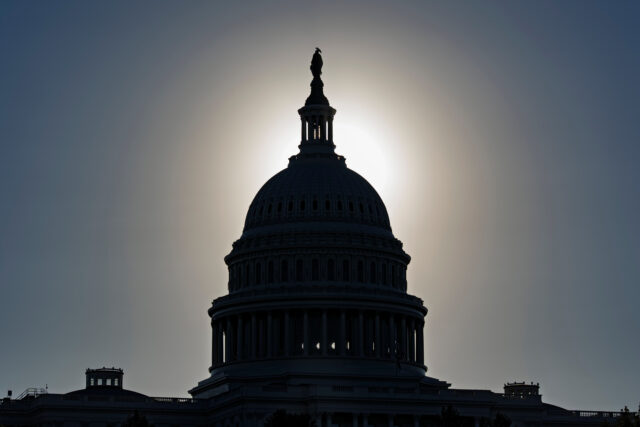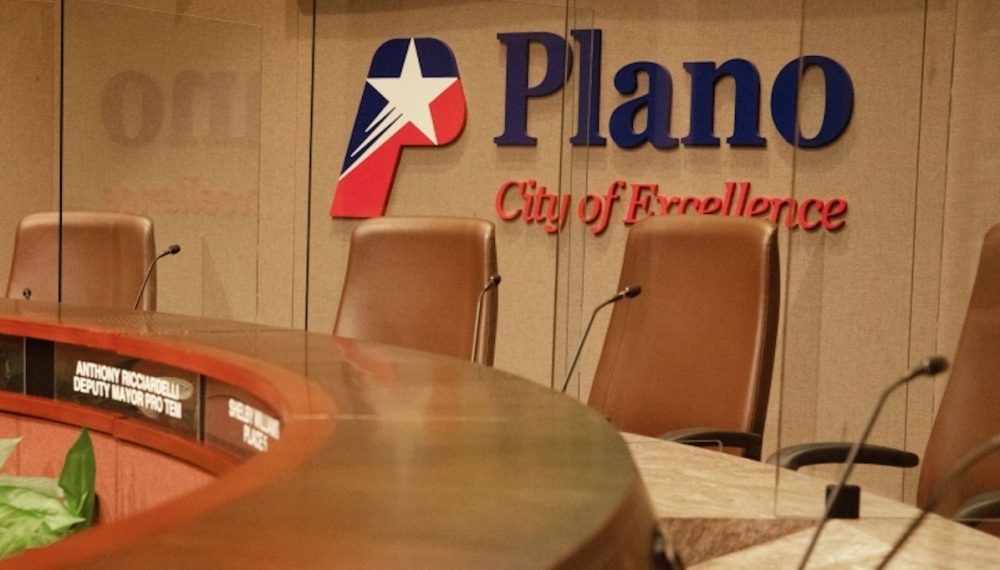Readers should avoid fake news, clickbait
November 7, 2017
In an age of widespread internet usage, media literacy becomes crucial in discerning fact from fiction.
Media literacy is being able to analyze and evaluate digital publishings, something all people interact with on a daily basis. By being media literate, people can avoid the spread of misinformation, identify and ignore fake articles and form unbiased opinions on current issues and events.
In order to distinguish illegitimate news articles from real ones, it is important to understand the difference between a biased article and a fabricated one.
A biased article, while still giving factual information, typically will only tell one side of a story or argument, and misrepresent the opposing side.
When attempting to identify bias, check whether the article states the views and opinions of both opposing sides. Review not only the amount of information, but the quality as well. Be aware of the context in which the article is written.
While a biased article is not necessarily false information, the opinion it holds can often be just a piece of the whole truth, or a distorted version of what happened. This can sway readers unfairly without them knowing the entirety of the situation.
Fake news, on the other hand, is exactly what the name implies. Fake news is falsified information or events, usually written in an attempt to rouse the public and stir up emotions in its readers.
With today’s pervasive social media use, fake news articles and headlines can be spread like wildfire, making it even easier for the public to access dissenting “information.”
With one simple retweet or Facebook share, fake news stories can be dispersed to an exponentially larger audience with every share. In order to grab people’s attention, fake news articles utilize enticing, shock-inducing headlines and titles, coaxing people into a reaction with merely a title alone.
By playing off the emotions of readers, fake news articles get an easy pipeline to the public eye, as many people will share an article for everybody to see before they have even read it once, if at all. Due to the fast paced nature of social media today, it is almost involuntary for people to simply glance at click-bait headlines as opposed to taking an in depth look at it’s contents. It is important to always read through an article first and identify any obviously questionable “facts” before believing what it has to say.
Unfortunately, even for those willing to separate the truth from the trash, confirming the validity of an online article is no longer a simple task.
Ruthless in their endeavours to trick the public, some authors of fake news stories go as far as creating bogus online identities, giving their writings a false sense of credibility.
A rather famous example is Dr. Jimmy Rustling, an online persona claiming to have won “14 Peabody awards and a handful of Pulitzer prizes,” reports factcheck.org; an APPC project devoted to reducing the level of deception amongst news publishers.
In reality, no person by the name of Rustling has ever won a single Pulitzer or Peabody award, and a further search into the past of the so-called ‘doctor’ reveals nothing about himself that can be verified. In fact, even the picture accompanying his bio page was exposed as a fake, as the image had been found being used by other fictitious authors across the internet.
Another big obstacle on the road to the truth is the presence of deceptively designed fake news websites. These websites work very hard to appear legitimate, stylizing their layout and format similar to big-name publishing websites like ABC, CNN and Fox. In some more extreme cases, they have gone as far as creating counterfeit versions of a verified news website.
A famous copycat, abcnews.com.co, boasted a deceptively similar url to the real website, abcnews.com. Not only that, it employed an almost identical layout to the real website, even utilizing the abcnews icon at the top of the page. However, that is precisely where the similarities end. Abcnews.com.co became widely known as a publisher of purely fictional articles, and even hosted the now infamous “Dr. Rustling” article when it first broke to the public.
Other times, the goals of these websites are not strictly malicious, but are actually intended to be satirical or humorous. Even when disguised as a legitimate source, many of these sites will discern themselves as being fictional and not meant to be taken seriously in their “about” tab, or in the footer at the bottom of their page.
The primary reason these stories and websites exist in such startling numbers is surprisingly simple: money. Bogus news sites gain revenue from the multitude of ads their websites often showcase every time their page is visited. Even without a subscription fee or donation link, these sites are paid by ad companies whenever an unsuspecting user is redirected to their website and scrolls past a targeted and similarly enticing advertisement.
One easy method to avoid being caught up in a bogus news story is to simply look up the article in question. By searching to see if other sources are reporting the same story, a wildly inaccurate article can quickly be found out due to the lack of coverage by other credible news sources, reports the AARP.







